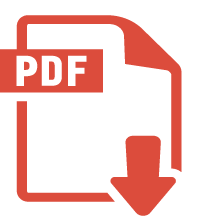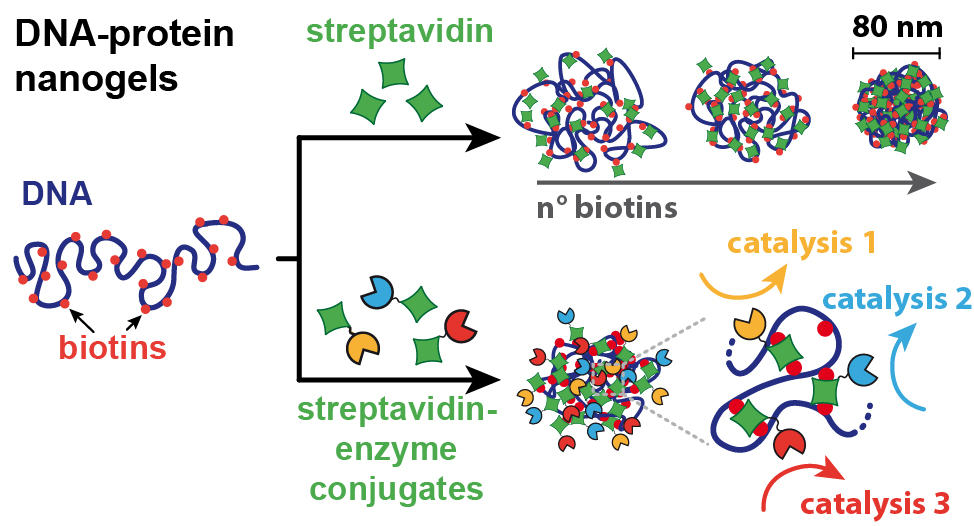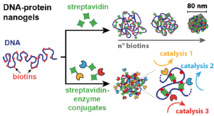Abstract: Hybrid DNA-protein nanogels represent potential protein vectors and enzymatic nanoreactors for modern biotechnology. Here, we describe a new, easy, and robust method for preparation of tunable DNA-protein nanogels with controllable size and density. For this purpose, polymerase chain reaction is used to prepare highly biotinylated DNA as a soft biopolymeric backbone, which can be efficiently cross-linked via streptavidin-biotin binding. This approach enables us to control both the density and size of the resulting nanogels not only by adjusting the amount of the cross-linking streptavidin but also by using different rates of DNA biotinylation. This gives DNA-streptavidin nanogels with the size ranging from 80 nm, for the most compact state, to up to 200 nm. Furthermore, using streptavidin-enzyme conjugates allows the straightforward one-pot incorporation of enzymes during the preparation of the nanogels. Monoenzymatic and multienzymatic nanogels have been obtained in this manner, and their catalytic activities have been characterized. All tested enzymes (alkaline phosphatase (AP), horseradish peroxidase (HRP), and β-galactosidase (βGal)), incorporated individually or in a coupled manner (glucose oxidase (GOx)-HRP cascade), were shown to remain functional. The activities of AP and βGal were unchanged while that of HRP was slightly improved inside the nanogels. We demonstrate that, for HRP, it is not the DNA-to-enzyme ratio but the physical density of the functionalized DNA nanogels that is responsible for the improvement of its enzymatic activity.
Reference:
Enzymatically active DNA-protein nanogels with tunable cross-linking density
M. Mariconti, M. Morel, D. Baigl, S. Rudiuk*
Biomacromolecules 2021, doi: 10.1021/acs.biomac.1c00501
 -doi :
10.1021/acs.biomac.1c00501
-doi :
10.1021/acs.biomac.1c00501
Reference:
Enzymatically active DNA-protein nanogels with tunable cross-linking density
M. Mariconti, M. Morel, D. Baigl, S. Rudiuk*
Biomacromolecules 2021, doi: 10.1021/acs.biomac.1c00501

